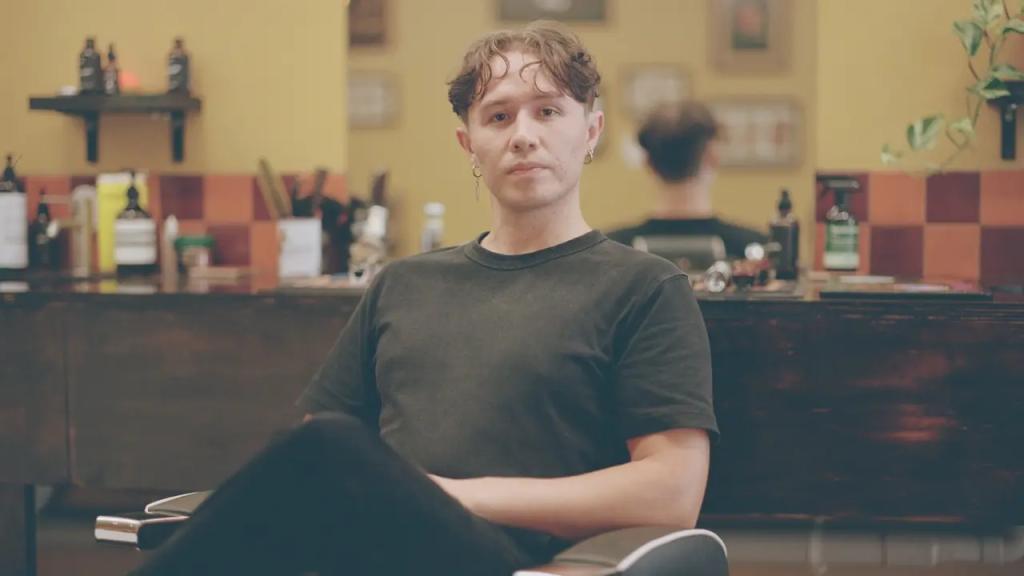
When I was 10-years-old I got walloped in the balls so hard I had to go to the ER for surgery. Textbook testicular torsion. Bloody good one too, hurt like hell.
But the social pain from having a month off in primary school while everyone talks about YOUR broken balls: infinitely worse. I’ll take the sack-wack anyday.
Because there’s an awkwardness about balls. They’re not something people particularly enjoy talking about, thinking about, or seeing. Yours, mine, or anyone else’s.
Every Movember people across Australia grow facial hair to raise awareness and money to fight cancers that target the balls, by championing a mo’ for the month.
Yet even still, conversations about testicular and prostate cancer get the shaft (no).
So let’s talk about balls like adults, and the cancer that 109,000 men worldwide are diagnosed with each year.
Speaking to a survivor: Jono Ly
I was fortunate enough to get to ask some questions to Jono Ly, who in 2020 was one of those 109,000 men who found out he had testicular cancer.
One day Jono found a lump that felt “like a small, hard pea” on his right testicle. After sitting on it for a few days, he got it checked out by a GP, and then had an ultrasound which confirmed that he had Stage 1 testicular cancer.
Except when this happened, Jono wasn’t living at home in Sydney. He was marooned by COVID, stuck in Bordeaux, France, with his girlfriend. Living across the world away from family and friends, stranded overseas by the pandemic.
“It was pretty heavy news, especially being in a foreign country, foreign medical system, foreign language, during a global pandemic,” recounted Jono. “It hit me like a tonne of bricks.”
According to Movember’s site: “Testicular cancer strikes young,” and it is the most common cancer in Australian men aged 15-35. Jono was 28 when he was diagnosed.
Yet despite the unlucky hand of cards dealt to him, Jono’s positivity and optimism shone through – a trait which I found impossible not to feel myself after our time chatting.

How does testicular cancer get treated?
After the diagnosis, Jono was booked in for a surgical procedure called an orchiectomy, which removes the cancerous ball.
An orchiectomy is the first line of defense against a TC diagnosis. Jono was able to have his done within five days; removing the unhealthy nut, and the cancer along with it.
However, in another devastating blow, subsequent blood tests found the cancer had just begun to spread, meaning he would need to undertake a full course of chemotherapy.
Jono described the chemo procedure as “quite intense” which is fair to assume is an understatement.
“Five days in hospital, three bags of radioactive drugs going through you for eight hours, you’re constantly nauseous. I lost all my hair, eyebrows; the whole shebang,” Jono recounted.
“It’s pretty hectic, but extremely effective against this form of cancer.”
Jono went through this every day for three months and described how he would cope towards the end of the gruelling period: “I would drag myself into the shower at 3am, just to lie on the floor, throw up in the drain, just to feel something.”
Now, three years after the experience, Jono spends his time informing young men of the importance of getting checked, but even more importantly: the need to battle toxic masculinity by having open and vulnerable conversations with each other about our health – physical and mental.
Silence is killer
Though testicular cancer is manageable through surgery and chemo, as Jono is proof of, so many men are way more afraid of losing a testicle than they would admit. This fear makes talking about ball-health taboo. Which can be dangerous.
As Jono points out, this area of hesitancy for lots of men prevents them from “even getting tested when they know something is up, but don’t want to deal with it.”.
Jono shared conversations he had with doctors in France with stories about “men with testicles the size of a grapefruit,” at which stage the cancer would have spread all throughout their body.
One darkly symbolic story was about a man that was born with one testicle, who refused to have it removed when he found out it had cancer because “men have testicles.”
“He was willing to hang on to what he thought made him a man, when it was going to kill him.”
Testicular cancer has a 97 per cent rate of survival, when operated on and treated correctly. But in the case of that man, “doctors never saw him again.”
A completely avoidable outcome if we can just be brave enough to change the conversation around “what makes you a man”.
Jono now lives beyond his cancer, but says he will still often have people find the topic of discussing genital health something people tend to avoid.
The way we fight this is by having actual conversations. We need to be brave. You never know who you could save with a single conversation.
Balls are funny and weird. But the people who are willing to get vulnerable about these socially taboo topics? Theirs are made of steel.
Check your balls, and check on your mates.
To see how you can get involved with Movember this year, check out their website.
The post 109,000 People Are Diagnosed With Testicular Cancer Annually, So Let’s Make Ball-Talk Less Awks appeared first on PEDESTRIAN.TV .







